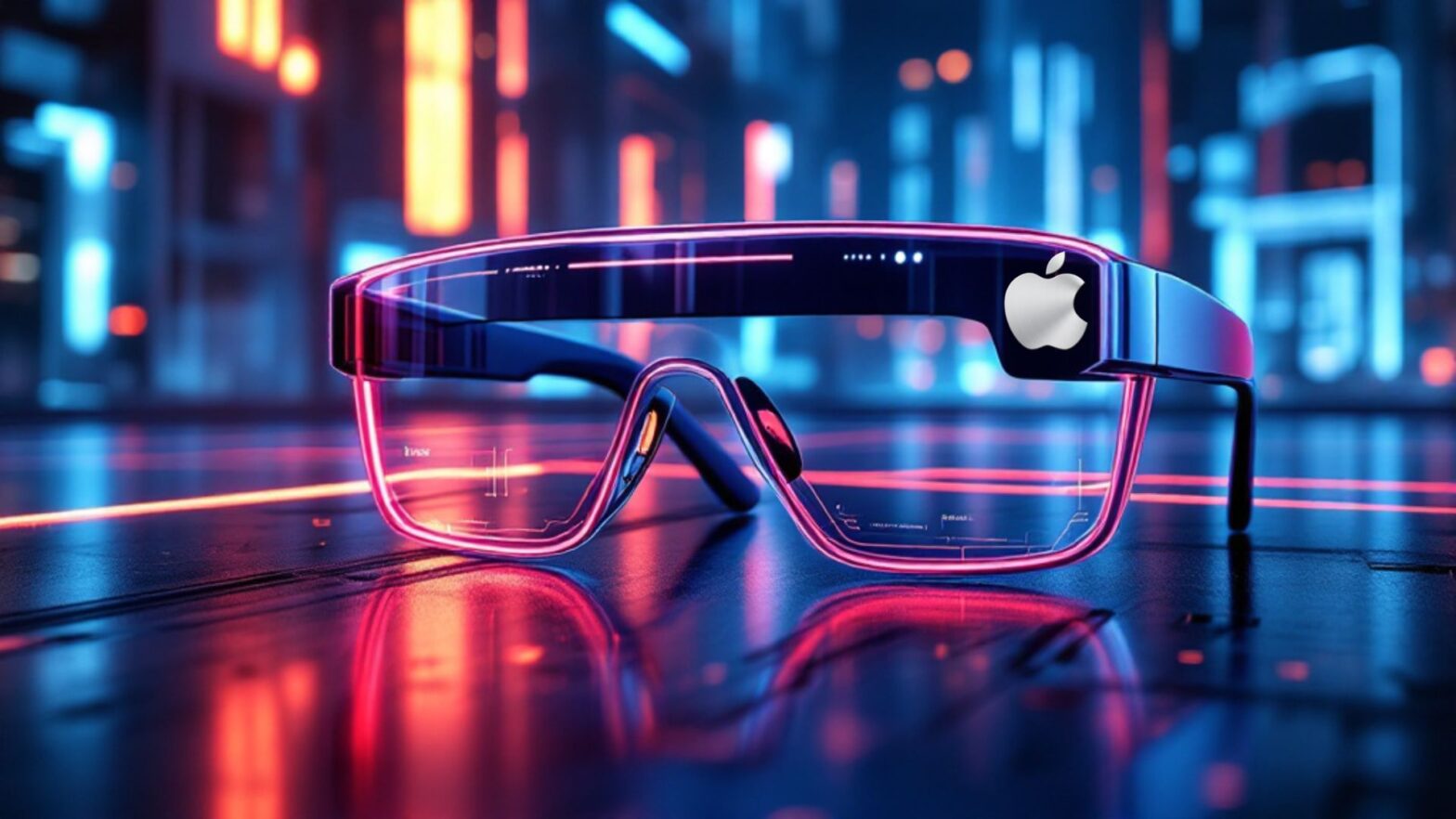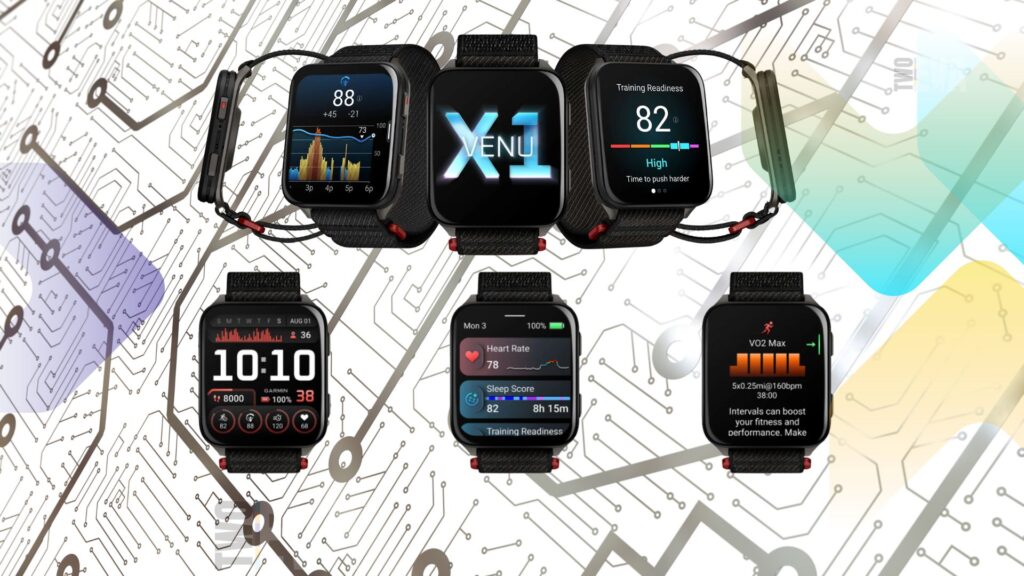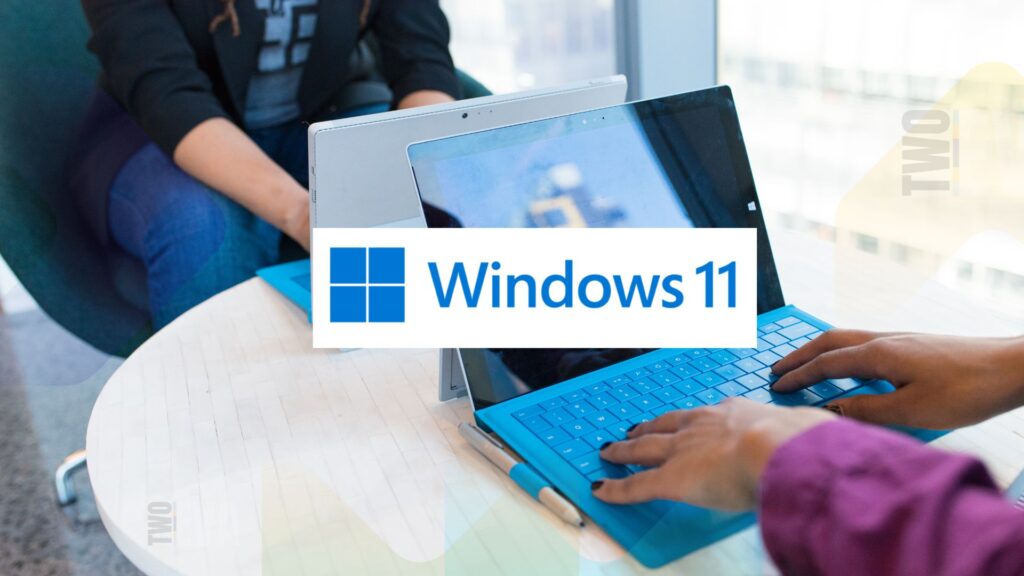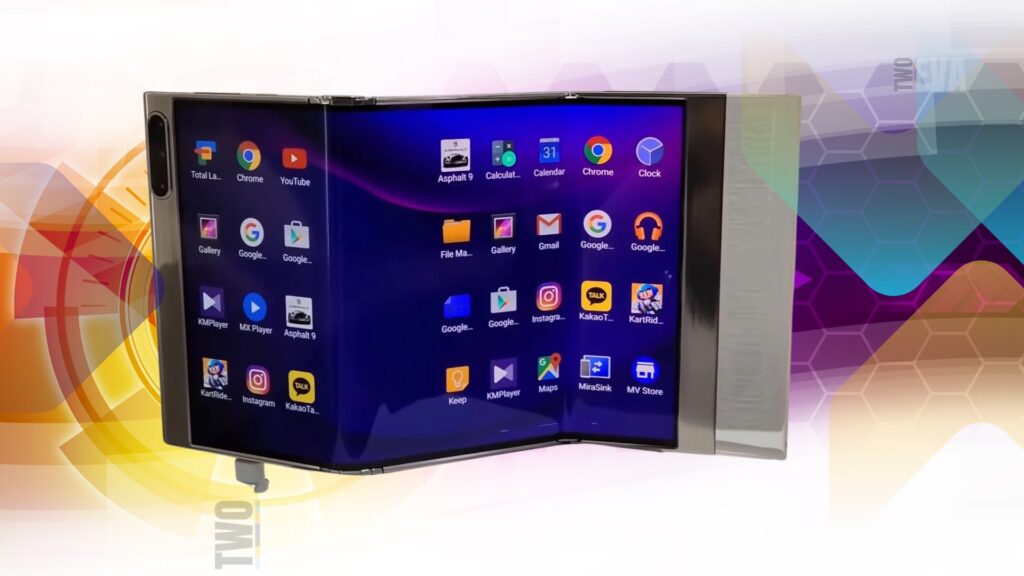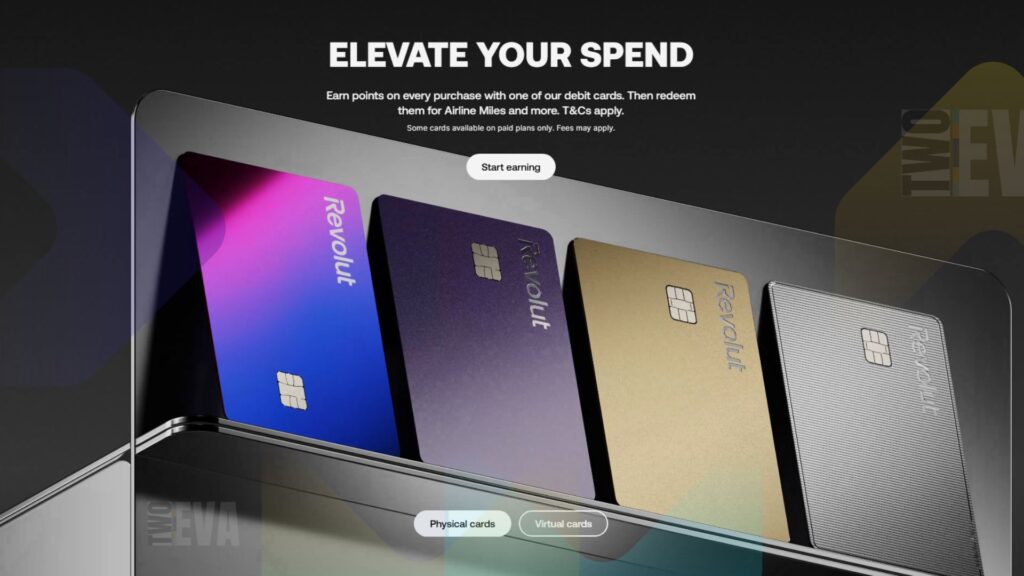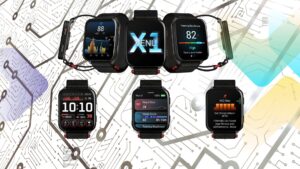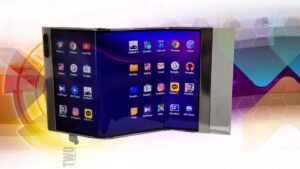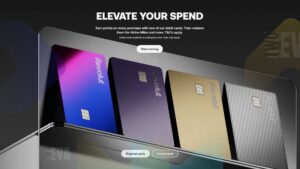In a move that could shake up the wearable tech landscape, tech giant Apple has initiated an internal research project, codenamed “Atlas,” to explore the burgeoning smart glasses market. This signals the company’s intent to potentially join the ranks of competitors like Meta Platforms Inc., which has already made strides in this emerging space.
Apple’s foray into smart glasses is part of a broader push towards augmented reality (AR) and wearable technologies. The company has traditionally been cautious about entering new markets, often conducting extensive research and internal studies before launching products. However, its recent entry into the AR headset arena with the Vision Pro suggests that Apple is serious about making its mark in this space.
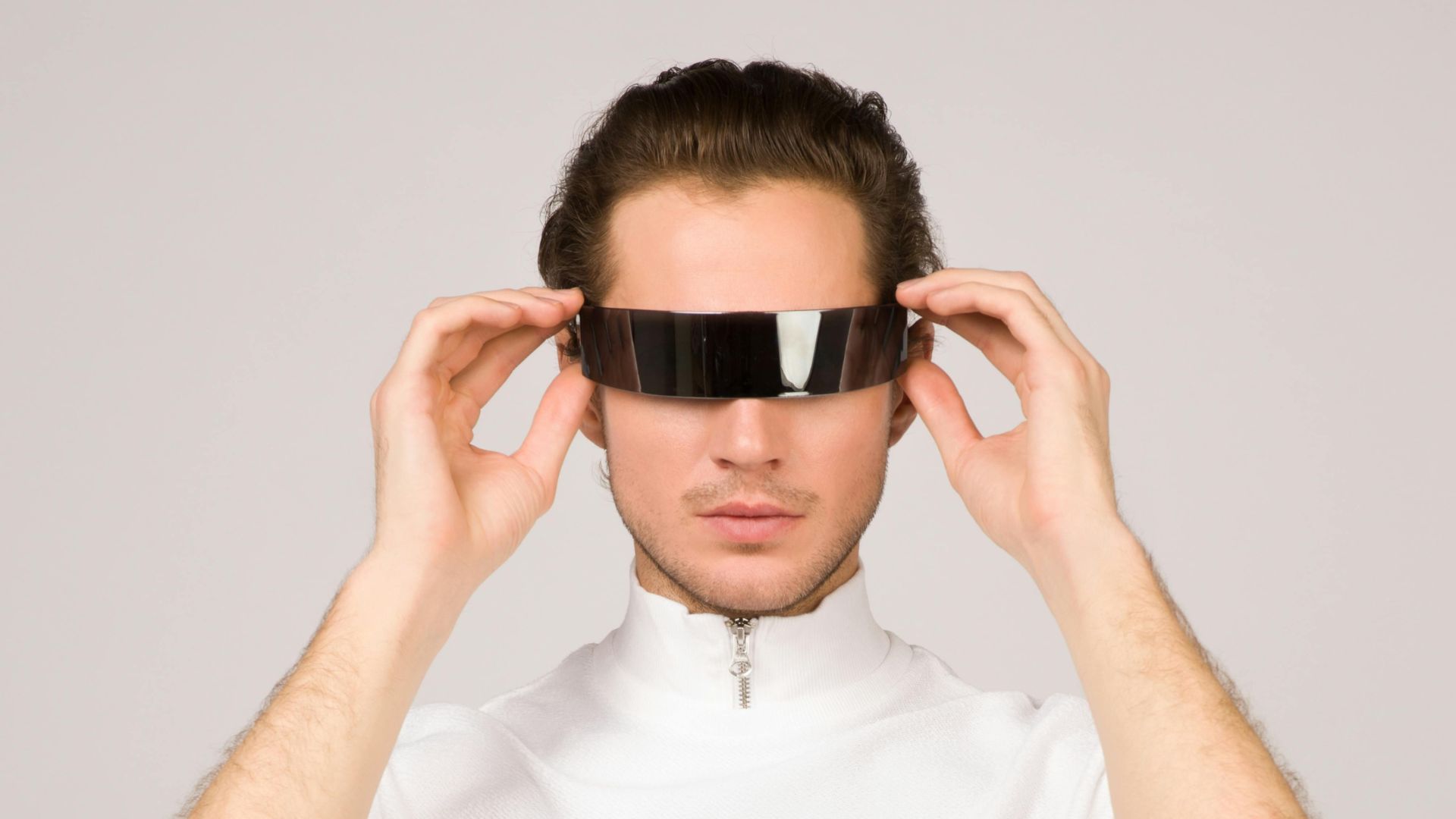
The “Atlas” initiative aims to gather feedback from Apple employees on existing smart glasses products, with the goal of informing the company’s own potential offering. This research suggests that Apple is leaving no stone unturned as it considers how to differentiate its smart glasses from the competition and deliver a truly compelling user experience.
Potential Features of Apple’s Smart Glasses
Based on the information gathered from recent reports, Apple’s smart glasses could boast a range of innovative features that set them apart from existing options:
- Seamless iPhone Integration: The glasses are expected to closely integrate with the user’s iPhone, allowing for the display of notifications, messages, maps, and even gaming experiences directly in the user’s field of vision.
- Advanced Augmented Reality: Apple is aiming to create a true AR experience, potentially utilizing advanced projection systems to beam digital content directly into the user’s eyes, enabling seamless interaction with virtual objects in the real world.
- Hands-Free Functionality: The smart glasses may incorporate built-in speakers and Siri integration, enabling users to control the device and access information through voice commands, without the need to constantly reach for their smartphones.
- Health and Fitness Tracking: Drawing on the company’s expertise with the Apple Watch, the smart glasses could incorporate health monitoring features, such as sensors for tracking various fitness metrics
- Privacy-Focused Design: Apple is reportedly exploring “privacy eyewear” options, which could help keep displayed information discreet from onlookers, addressing growing concerns around the use of camera-equipped wearables.
Challenges and Competition
While Apple’s entry into the smart glasses market holds promise, the company faces several significant hurdles. Challenges include achieving sufficient battery life, miniaturizing hardware components, and ensuring a seamless and comfortable user experience.
Additionally, Apple will have to contend with established competitors like Meta, which has already launched its Ray-Ban smart glasses and is actively developing more advanced AR solutions. Meta’s early mover advantage in the space could make it difficult for Apple to quickly capture market share.
The Potential Impact
If Apple manages to overcome these challenges and deliver a polished, user-friendly smart glasses product, the implications could be far-reaching. The company’s vast ecosystem of devices and services, coupled with its reputation for innovation, could accelerate consumer adoption of smart glasses technology.
Moreover, Apple’s focus on practical AR applications, rather than just social connectivity features, may create new use cases that appeal to a broader audience beyond just tech enthusiasts. This could, in turn, push competitors like Meta to further innovate and refine their own smart glasses offerings.
While the launch of Apple’s smart glasses may still be a few years away, the company’s research initiative and its commitment to the AR/wearables space suggest that consumers may soon have a compelling new contender in the smart glasses market. The battle for dominance in this emerging technology is just beginning, and Apple’s entry could significantly disrupt the status quo.

